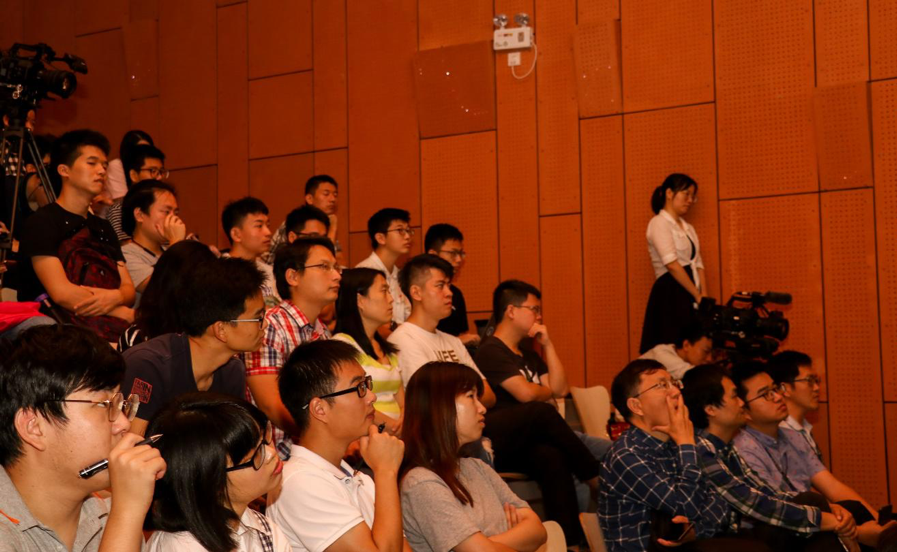Earlier this month, American Academy of Engineering Academician Shlomo P. Neuman was invited to Southern University of Science and Technology (SUSTech). He presented the 194th lecture of the SUSTech Lecture Series and spoke on the topic of “Meaning of Dispersion in Geologic Media” to a packed lecture theater of students and faculty members.
Shlomo P. Neuman is an honorary professor of the University of Arizona and is a Fellow of the National Academy of Engineering, the Italian Academy of Bologna, the American Geophysical Union, and the Geological Society of America. Neuman’s research has involved many vital developments in hydrogeology. He has received the California Groundwater Resources Association’s Lifetime Achievement Award, the Horton Medal and Hydrogeology Award from the American Geophysical Union, and the Meinzer Award from the American Geological Society.

Neuman spoke about Fick’s law of diffusion and its relationship to the deterministic convection-dispersion equation. Neuman pointed out that this traditional deterministic model does not fit well with field observations, so these traditional models can only be an approximation when applied to diverse strata. The old models need to be adapted, and it must be recognized that the model parameters are not the only absolute values. Those values vary as data is collected, the scale of the problem changes and the water flows change.
Neuman argued that the only practical alternative is to treat porous strata as randomly diversified materials and use stochastic solute transport equations. Such an approach would not only explain what is observed in the field but provides a method for quantitatively describing uncertainty within solute transport.
His opinion resulted in some heated discussion following his lecture, which prompted him to suggest a future direction for research in the field in the future. He encouraged SUSTech students to pay attention to basic subjects like geology, mathematics, and engineering as they study, as there will be breakthroughs as part of their future research.
Proofread ByXia Yingying
Photo ByStudent News Agency Zhang Hang